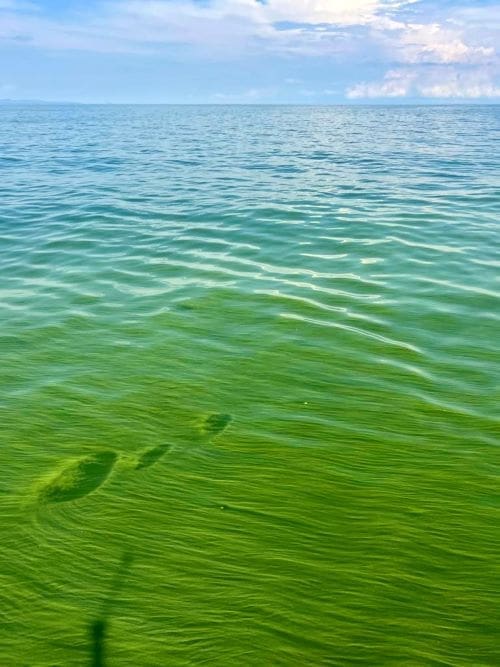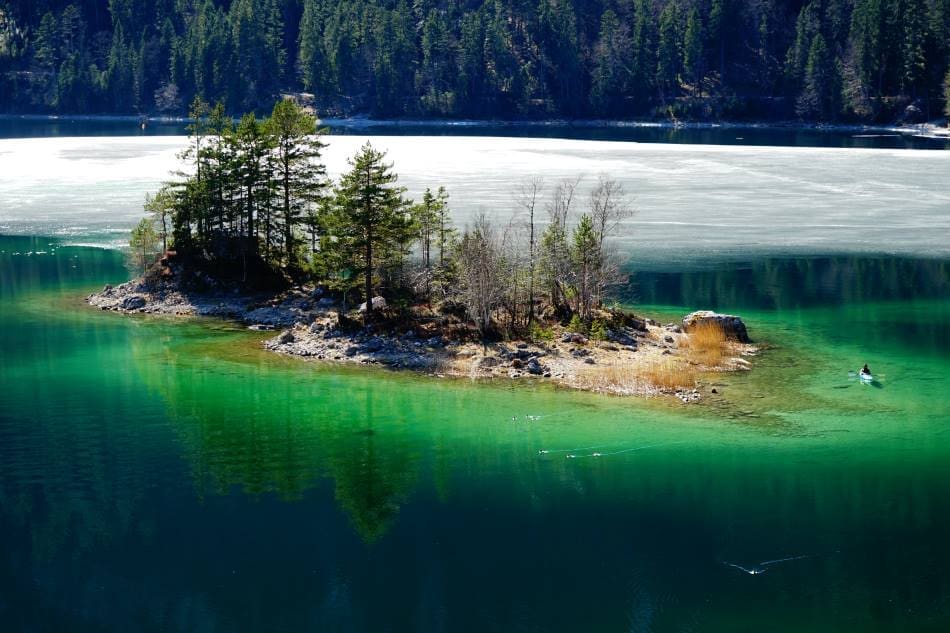Summary:
Oxygen levels in rivers, lakes, and reservoirs are shifting in troubling ways — and human activity is largely to blame. A new global study led by researchers at Utrecht University shows that the oxygen cycle in inland waters has been accelerating over the past century, transforming these ecosystems into growing sinks for atmospheric oxygen.
Published in Science Advances, the research reconstructs how much oxygen is produced, consumed, and exchanged with the atmosphere across global inland waters from 1900 to 2010. Using a detailed mechanistic model that incorporates climate change, nutrient pollution, water management, and biogeochemical feedbacks, the team found that oxygen consumption has consistently outpaced production — leading to increased oxygen loss in these ecosystems.
Oxygen is running low in inland waters and humans are to blame

Rivers, streams, lakes, and reservoirs aren’t just scenic parts of our landscape — they’re also vital engines for life on Earth. These inland waters ‘breathe’ oxygen, just like we do. But a new study led by Utrecht University researchers shows that we’ve been suffocating them during the last century, an era also known as the Anthropocene. The research reveals that the way oxygen is produced and used in inland waters has dramatically changed since 1900. The culprit? Human activities.
Oxygen, the most critical resource for life on Earth, plays an important role in other nutrient cycles such as carbon and nitrogen. Oxygen depletion in water, called hypoxia, is causing problems. They are piling up in various coastal and freshwater systems. The result? Dying fish, disrupted food webs, poor water quality and more which is already affecting freshwater ecosystems across the globe. This study shows it’s not just a local problem — it’s a planetary one.
Behind oxygen depletion: accelerated oxygen cycle
A group of researchers, led by Utrecht Earth scientists Junjie Wang and Jack Middelburg, have developed for the first time a global model that describes the entire oxygen cycle of inland waters around the world. “With this model, we offer the most complete possible understanding of this cycle on a large scale, so that one can see oxygen related problems coming, get to know the causes, and hopefully intervene in time,” Jack Middelburg explains.
Inland waters have become much busier places when it comes to oxygen. The team found that the global ‘oxygen turnover’ — that is how much oxygen is produced and consumed — has increased. But here’s the twist: these waters are consuming more oxygen than they produce, making them a growing sink of atmospheric oxygen.
Cause
“More farming, more wastewater, more dams, and a warmer climate — they all change how our freshwater ecosystems function,” says Junjie Wang. With more nutrients flowing into rivers, lakes and reservoirs, algae grow faster, but when they die and decompose, they use up huge amounts of oxygen.
“We found that the main causes lay in these direct human activities. First, it turns out that nutrient input through, for example, over-fertilization, is a major driver of this acceleration. Secondly, the longer travel time of freshwater to the sea through the construction of dams and reservoirs has proven to be just as important,” says Jack Middelburg.
At the same time, indirect human impacts like rising temperatures make oxygen less soluble in water, transport slower vertically across the water column, and speed up processes that burn through it even faster.
“Until now, the consensus in the scientific literature has always been that the rise in temperature is primarily causing this acceleration. But our model shows that warming only contributes about 10-20% to this phenomenon,” Junjie Wang says.
The Anthropocene fingerprint
This study showed that the modern oxygen cycle in inland waters looks nothing as it did in the early 1900s.
“Even though these waters cover just a tiny fraction of Earth’s surface, they now remove nearly 1 billion tonnes of oxygen from the atmosphere each year — overall half of what the entire ocean emits back,” says Middelburg.
“We can’t ignore inland waters in global climate and oxygen budgets anymore,” Junjie Wang adds. “They’re changing faster than we thought, and they’re crucial pieces of the Earth system puzzle.”
Journal Reference:
Junjie Wang et al., ‘Global inland-water oxygen cycle has changed in the Anthropocene’, Science Advances 11, 14, eadr1695 (2025). DOI: 10.1126/sciadv.adr1695
Article Source:
Press Release/Material by Utrecht University
Featured image credit: Jean-Baptiste Lefevre | Unsplash



